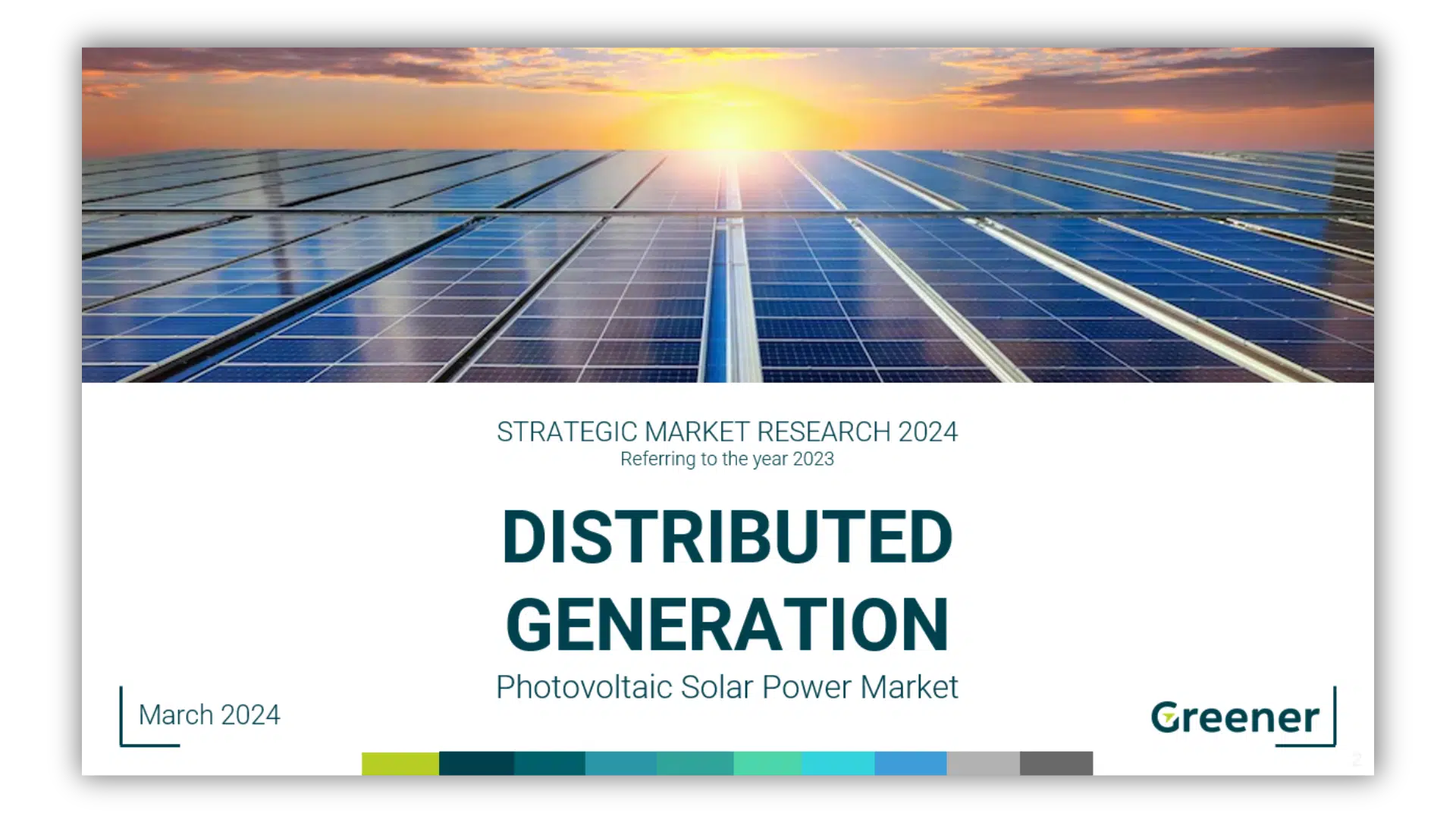In this edition, Greener offers an overview of the market for utility scale photovoltaic plants in the Free and Regulated markets. In addition to providing references for current and future projects according to market dynamics and impacts on attractiveness. The Study also includes a mapping of Solar PPAs, analysis of Enterprises in the Free Market, Project Status, Consumer Profile, Main Players in the Sector and more!
This is a summary. Check out the Complete Study through the form beside.
Versão reduzida - Light Version - Strategic Report Utility Scale PV Market Brazil - 2021
Highlights:
- Greener Forecast: According to Greener’s projections, around 4.1 GW of solar PV projects for Centralized Generation will become operational by 2022.
- Free/Unregulated Market (ACL): Up to January 2021, 13.3 GW of solar PV project concessions for the Free Market had been mapped. More than 8.4 GW already have signed PPAs, according to Greener research.
- Regulated Market (ACR): Of the 4.6 GW of PV projects intended for the Regulated Market, around 1.2 GW are still in the construction phase or have not started construction yet.
- PV Module Technology: Bifacial Modules have become the standard for large PV projects in Brazil. 100% of the contracts mapped in 2020 (ACR and ACL) will use bifacial modules.
- Inverter Technology: The string system setup has been growing in the Brazilian market of Centralized Generation. In all the contracts mapped by Greener in 2020/2021, around 66% are projected to use string inverters.
- Financing (ACR): Brazilian development banks, especially BNB and BNDES, are still the go-to lines of financing for large-scale solar PV projects in 2020/2021.
- Principal Consumers (ACL): The Mining and Chemical sectors are the industrial customers that show greatest demand for Free Market solar PV energy generation.
The Premium Version Strategic Study Utility Scale PV Market 2021 provides an analysis of how the Brazilian market is moving in the free and regulated environment. Understand what Greener expects for Centralized Generation in the coming years and who are the main players involved. In addition, the study contemplates a photovoltaic case, considering the main drivers of financial modeling, a sensitivity analysis, and the risks involved in the structuring of Large Solar Plants in Brazil.


